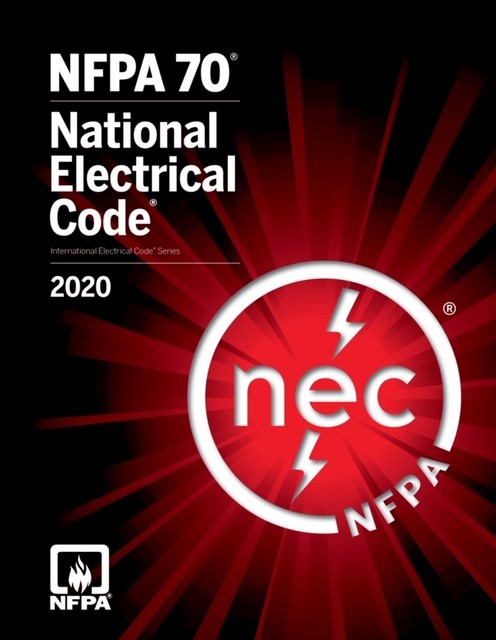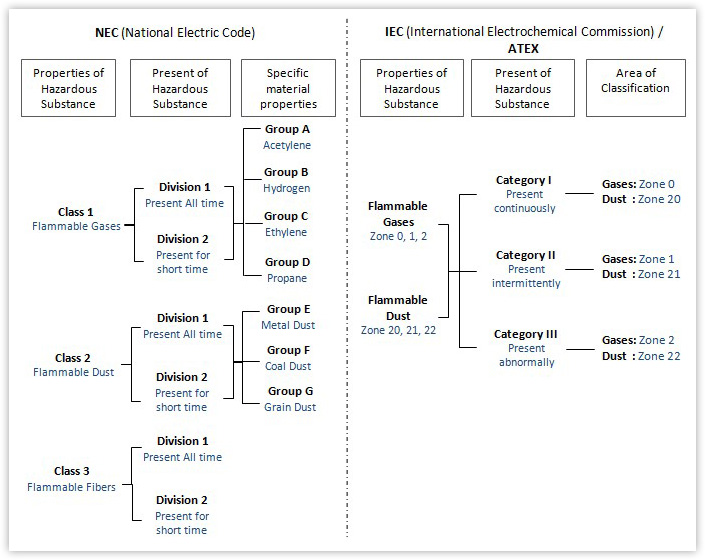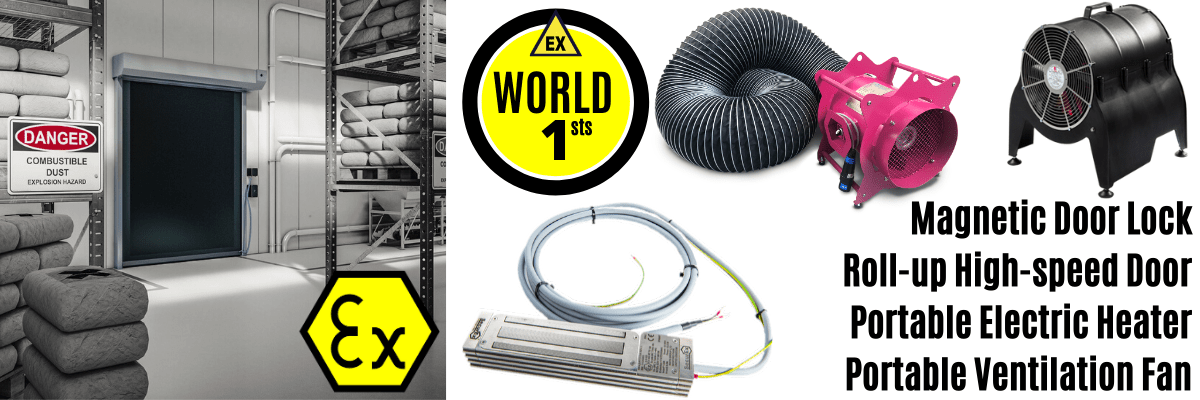Process Seal & Hazardous Area Locations
Published 29 May 2020
What is a “Process Seal”?
“Process seal” is a seal that is used for process-connected equipment intended for connection to an external system containing process fluids in order to prevent the migration of flammable or combustible process fluids into the wiring system in non-hazardous areas or other classified areas.
There are two main types of Process Seal:
“Primary Seal” & “Secondary Seal”
Primary seal is defined as a process seal that is directly in contact with process fluids during the operation of equipment and secondary seal is the seal that comes into contact with process fluids only in the case of the primary seal failure.
Article 501.17 of NFPA 70 Ed. 2017 (NEC) and Rule 18-070 of Canadian Electrical Code Ed. 2018 (CEC) explain the requirement of process sealing (primary seal and secondary seal) for process-connected equipment and measurement instrument intended for use in hazardous locations in North America.
References: ANSI/ISA 12.27.01, IEC 60079-40:2015, NFPA 70 and CEC.
NFPA 70: Adopted in all 50 states, NFPA 70, National Electrical Code (NEC) is the benchmark for safe electrical design, installation, and inspection to protect people and property from electrical hazards.

The National Electrical Code (NEC), NFPA 70, defines hazardous (classified) areas as those where fire or explosion hazards may exist due to the presence of flammable gases, vapors, or liquids, combustible dust, or ignitable fibres.
Information Courtesy
Author Behzad Nejad, P. Eng. (Hazcon)
Director & Consulting Engineer at Hazcon Inc.; Hazardous Locations Consulting Services; IECEx, ATEX, CEC & NEC
Specializing in the design, safety and approval of electrical equipment for hazardous locations.
Mr. Nejad has over 15 years of experience as an Electrical Engineer and is a sought after professional in the hzardous area and explosion protection industry. He is fully-qualified at the advanced level of all hazardous locations protection techniques including Intrinsic Safety & Non-incendive, Explosion Proof & Flame proof, Increased Safety, Non-arcing, Purging and Pressurization, Encapsulation, Optical Radiation, and Dust-tight enclosures. Mr. Nejad’s tenure in the industry includes six years at the CSA certification agency, working closely with manufacturers (Emerson, GE, ABB, Siemens, Endress-Houser, VEGA etc.) as a technical and certification engineer for Hazardous locations equipment.
The opinions expressed in this article are those of the author.
Hazloc Products with Class 1/Division 2 & ATEX Certifications
EXPERTS IN EQUIPMENT FOR EXPLOSIVE ATMOSPHERES
leaders in ATEX Innovation To The Hazardous Area Industries
Thorne & Derrick are leaders in the development and distribution of Product Innovations that deliver significant improvements to clients plant, people and operational safety in the explosive atmosphere industries.
Your proactive problem solvers experienced in succession planning for the replacement of obsolete, non-conformant and legacy equipment in hazardous areas.
Your first-choice provider of innovative and competitive solutions to ensure ATEX & IECEx Compliance for Hazardous Area Electrical, HVAC & Process Instrumentation Equipment to UK and international projects.
Control Panels | Plugs | Isolators | Enclosures & Junction Boxes | Lighting | Control Stations | Motor Starters | Heat Trace | Gas Detection | Flame Detection | Process Instrumentation | Process Heating | Ventilation Fans | Security Access Control

Competitive Prices | Extensive Stocks | Technical Support | Express Delivery








